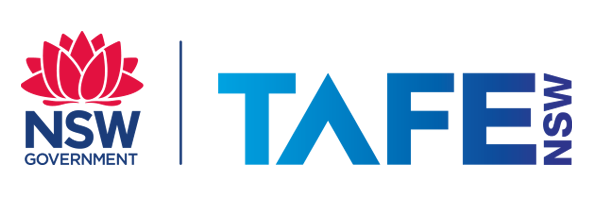The facility was put together in March 2018 and was specifically designed to have a collaboration between the University of Wollongong, TAFE New South Wales and Welding Australia.
Hi, my name's Stephen Van Duin and I actually work for the Facility for Intelligent Fabrication located here at the University of Wollongong. The purpose of the facility is to bring under one umbrella education, research and certification so that companies can come to one place and understand what technology is available to them so that they can become more sustainable and capable into the future. Some of the technologies that were developed over years actually started in defence industry. And what we've found is that those technologies are very relevant to general civil manufacturing in Australia. And what we've been able to do is actually transfer those technologies and find ways to introduce those two to small and medium enterprises. What this allows companies to do is bring their product to university and really immerse themselves into the technologies that we're familiar with and we've been developing over the years. It allows them to mitigate the risk that they have with actually adopting these technologies. We are getting better at finding ways to actually make the technologies or the technologies that we're developing more relevant to the industries that we're working with. So a good example of that is automation.
And you go through many manufacturing plants, you have robotics on it and already on their workflow, on their workspace, but they're not very effectively used. We have really been working on what is it that the skills that we how can we make it easier for people not only to have those technologies on their factory floor, but also how do we make it easy for the technicians to use those technology based technologies? So a good example of that is the programming, the programming available. It's really quite complex and requires quite a skilled operator to do that. So what we've done is actually automated.
The process of actually programming inside at the technician can do that. That's we've done that through software developing software tools. We've done that through making it easier to interact with some of the sensing that we have involved. And that design of digital concept of bringing these technologies together makes it easy for that to happen. And so many of the things that we do is to automate the automation. What the facility does allows that the access to small and medium enterprises, companies, those who don't have the the skill set or the capital behind them to actually support these technologies. So I could only imagine for companies, particularly small or medium enterprises, they have got no hope in trying to keep up the technologies that are available to them. As researchers.
We have the opportunity to have that and play with that in our facility. And we invite these companies to come and bring their product into the facility and also play with those technologies. The important thing is the challenge is owned together and collaboratively. We work together to actually find a solution [00:03:00] for that. And hopefully with the skill set and the technologies we have available to us, we can find a way to bring them a step change in the way that their process or their manufacturing or their product is made. So what we're finding is companies, smaller SMEs have a generic problem that can be applied to many of their competitors as well. But yet they are not capable on their own to actually implement the technologies or develop the technologies. So we do that collaboratively. So as research is, what we advise companies to do is to really understand their own problem. And then when they understand that they can come to us and we design a solution together over the years, it's less about displacing the worker, it's more about the automation, complementing the worker.
In fact, what we're trying to do in trying to make the technology simpler for the technician to use this and make sure that the technician gets to use the skill set that they were trained for and used that value add to the process rather than focus on the technology itself that we were trying to implement. The biggest concern that companies have is that when we introduce these technologies, that they are suddenly have to employ people that have to support people at a much higher level of understanding of education. And that's not the case. That's really not what we're trying to achieve. And in fact, is quite the opposite. We're trying to develop systems and processes and underpin that with technologies which can be supported by the existing staff.
That's an important aspect of what we're trying to do with the facility. And [00:04:30] so, yes, there's a natural progression in in adopting the technologies and upskilling and having a capability which actually sees them improve into the future. But we want to do that in an incremental way that allows them to be comfortable in the way that their business is changing as an Australian context in Australian manufacturing. If we're here to survive into the future, then we have to start working together and all ships rising. So we encourage every company to actually come and visit our facility, see what their particular challenge [00:05:00] is, and if lines with some other company, then you can amalgamate and collaborate together with us as researchers to try and solve your unique challenge.


